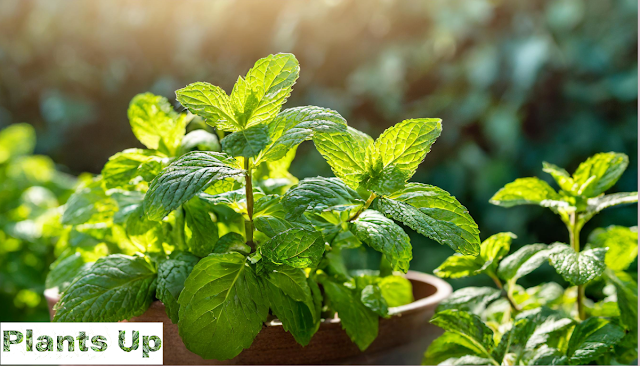 |
| Spider Plant Propagation: A Guide to Growing Green Branches |
Spider plants, with their graceful arching leaves and air-purifying abilities, have earned a special place in the hearts of plant enthusiasts. But what's even more exciting than caring for a mature spider plant? Propagate and grow new spider plant branches, allowing you to expand your indoor greenery and share the beauty of these attractive plants with
others.In this comprehensive guide, we'll walk you through the art of spider plant propagation step by step, so you can enjoy the satisfaction of nurturing new life.
Spider Plant Propagation
Spider plant propagation offers a rewarding journey into the world of plant rearing. Watching a small branch grow into a flourishing plant is not only proof of your green thumb, but also a meaningful life-enhancing experience. Here, we break down the propagation process into easy-to-follow points, ensuring success even for those new to the world of plant propagation.
Materials You'll Need: Gather Your Tools
Before starting your promotional journey, gather the necessary materials:
Healthy mother plant: Choose a mature spider plant with vibrant leaves and a well-established root system.
Clean scissors or pruners: A sharp and sterilized cutting tool is essential to ensure clean cuts and reduce the risk of infection.
Potting mix: Opt for a well-draining potting mix suitable for indoor plants. A mixture of peat moss, perlite, and vermiculite is a popular choice.
Small pots: Prepare small pots or containers to plant the spider plant branches in.
Watering container: A fine spout watering can will help prevent over-watering during the propagation process.
Alternative Rooting Hormone: Although not essential, a rooting hormone can promote rapid root development in branching.
A Step-by-Step Guide to Spider Plant Propagation
Choose healthy branches:
Look for well-developed branches, also called "pups," that have grown at least a few inches in length. These should have their own set of roots coming out of the base.
Prepare your branches:
Separate the branches from the parent plant by gently cutting them near the base. Make sure each branch has its own set of roots attached.
Trim and Prune:
Cut any damaged or brown-tipped leaves from the branches using clean shears or pruners. This encourages the plant's energy to focus on new growth.
Allow drying time:
Allow the cut ends of the branches to dry for a few hours. This helps prevent rot when planted in soil.
Choose the Right Potting Mix:
Fill small pots with well-draining potting mix. Make a small hole in the center using your finger or a pencil.
Plant branches:
Insert the dry end of each branch into the hole you made in the potting mix. Gently press the soil around the base of the branch to secure it in place.
Water and System:
Water newly planted branches lightly to settle the soil. Place the pots in a spot with bright, indirect light.
Provide Adequate Care:
Keep the soil consistently moist but not wet during the propagation process. Spray the branches occasionally to retain moisture.
Monitor root growth:
After a few weeks, gently tug on the branches to check for resistance, which indicates root development. Once you feel resistance, this is a sign that the branches have successfully rooted.
Transplanting into larger pots:
Once the branches have established a strong root system and become a bit larger, you can transplant them into slightly larger pots.
Tips for Successful Spider Plant Propagation
Timing: Spring and early summer are ideal times for spider plant propagation when the plant is actively growing.
Light: Provide bright, indirect light to the branches to encourage healthy growth.
Avoid direct sunlight: Direct sunlight can scorch the delicate leaves on the branches, so make sure they are protected.
Patience: Propagation takes time, so be patient and avoid disturbing the branches too often.
Conclusion: Nurturing New Growth
Spider plant propagation is a journey that allows you to witness the magic of growth firsthand. As you nurture each branch from a tiny seedling to a flourishing plant, you'll deepen your connection to the plant world. This process not only enhances your indoor greenery but also brings a sense of accomplishment and happiness in your plant-loving heart.
With the right care and attention, you will be rewarded with a rich collection of spider plants, each with its own unique story of growth and resilience.
Read more about Spider Plant : https://www.plantsup.in/2020/01/about-spider-plant-chlorophytum-comosum.html
Happy Gardening!
